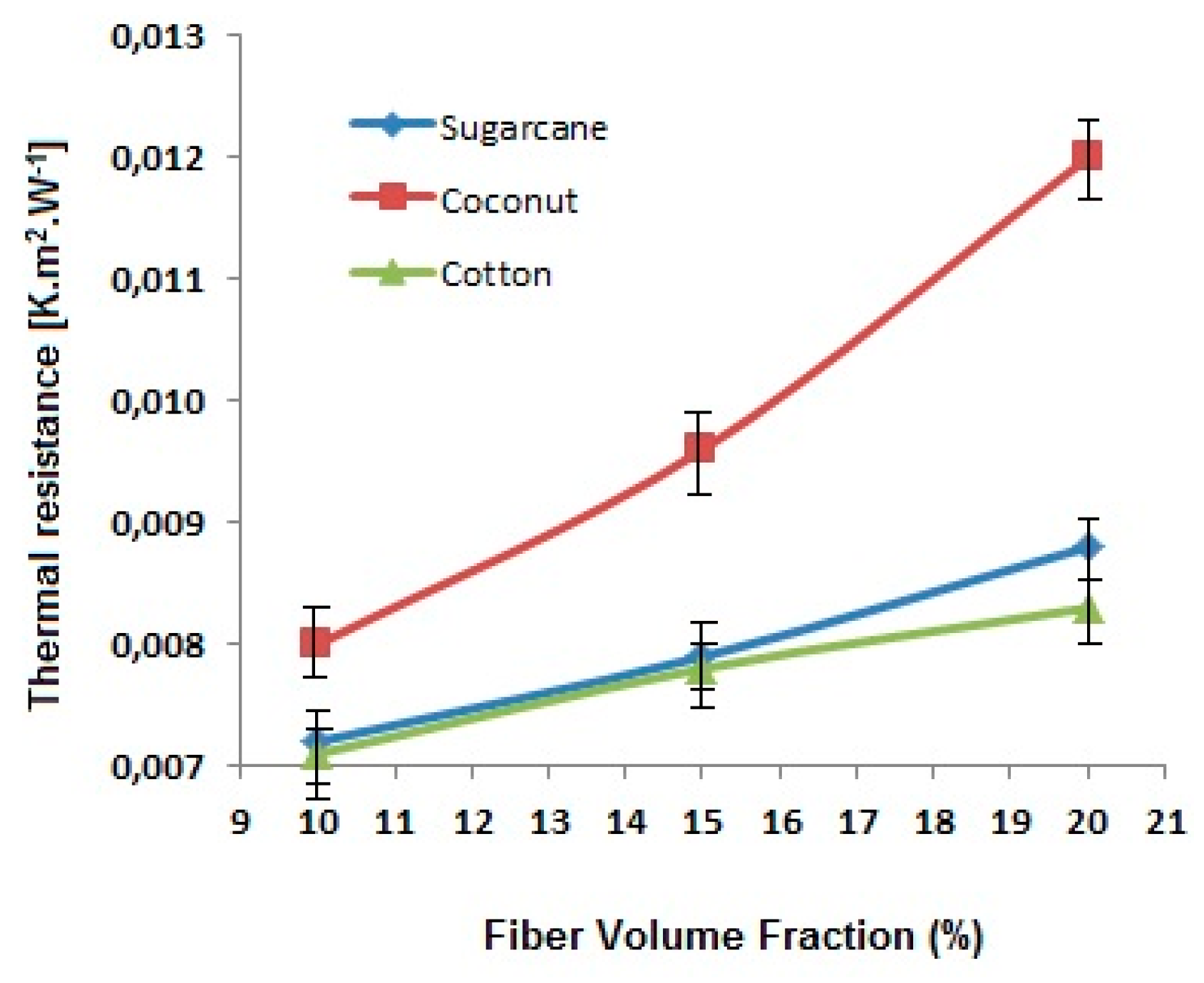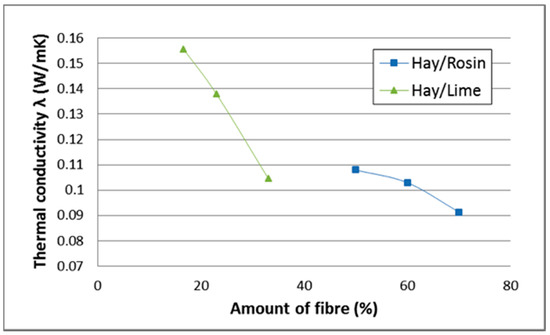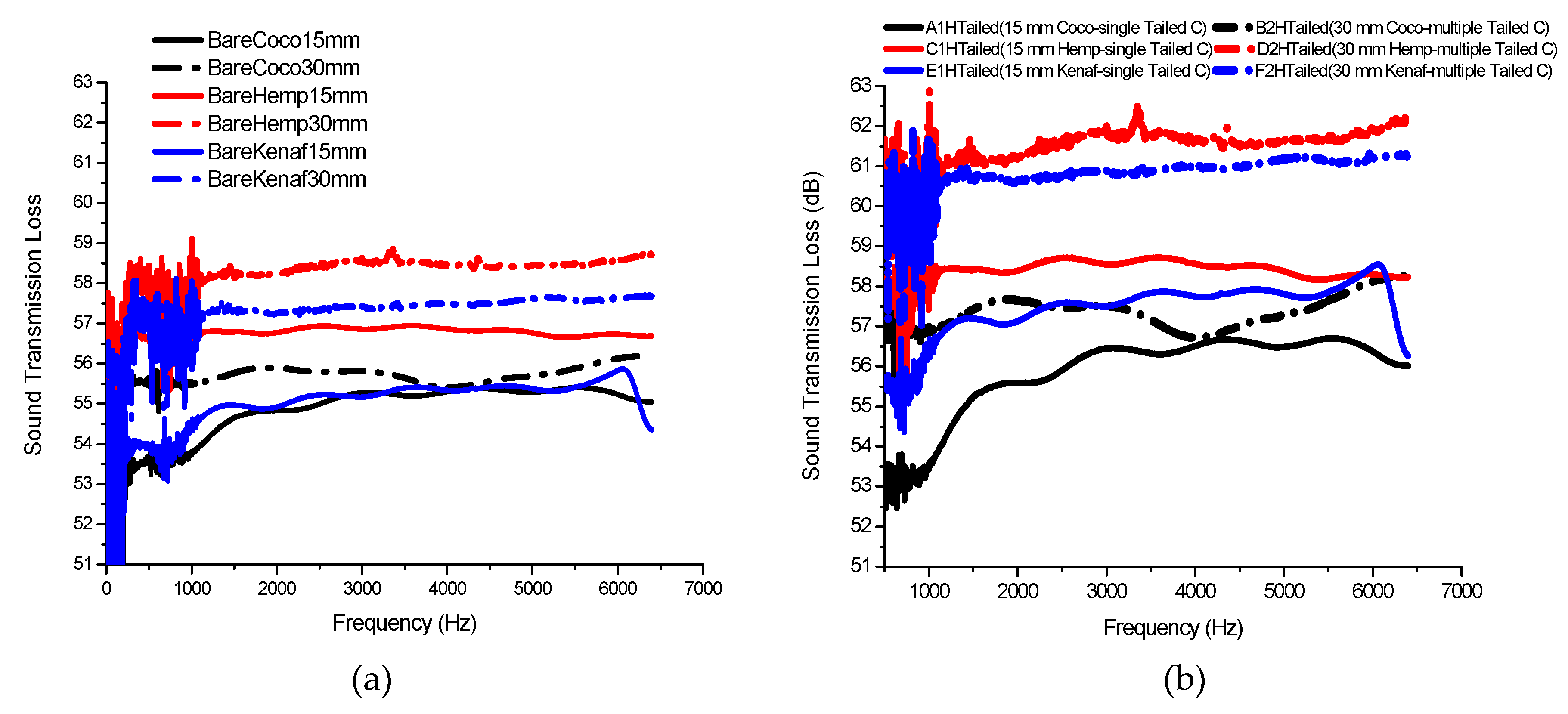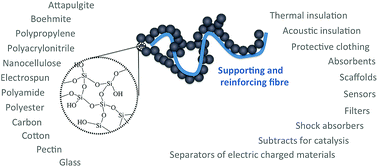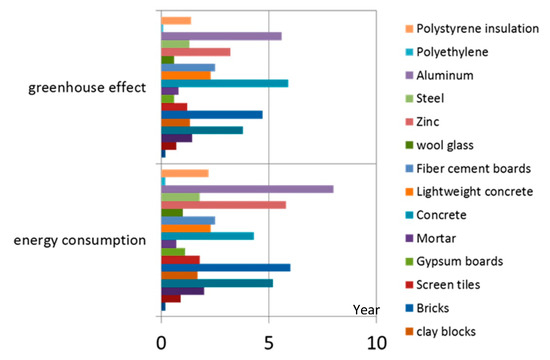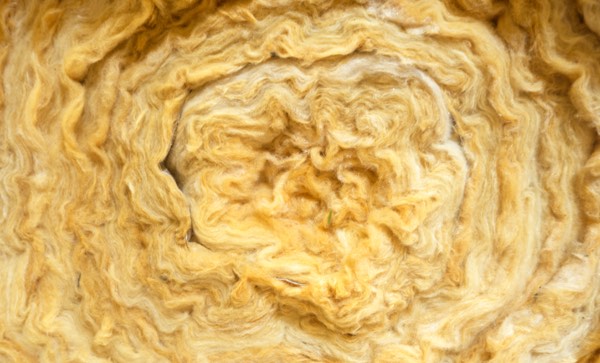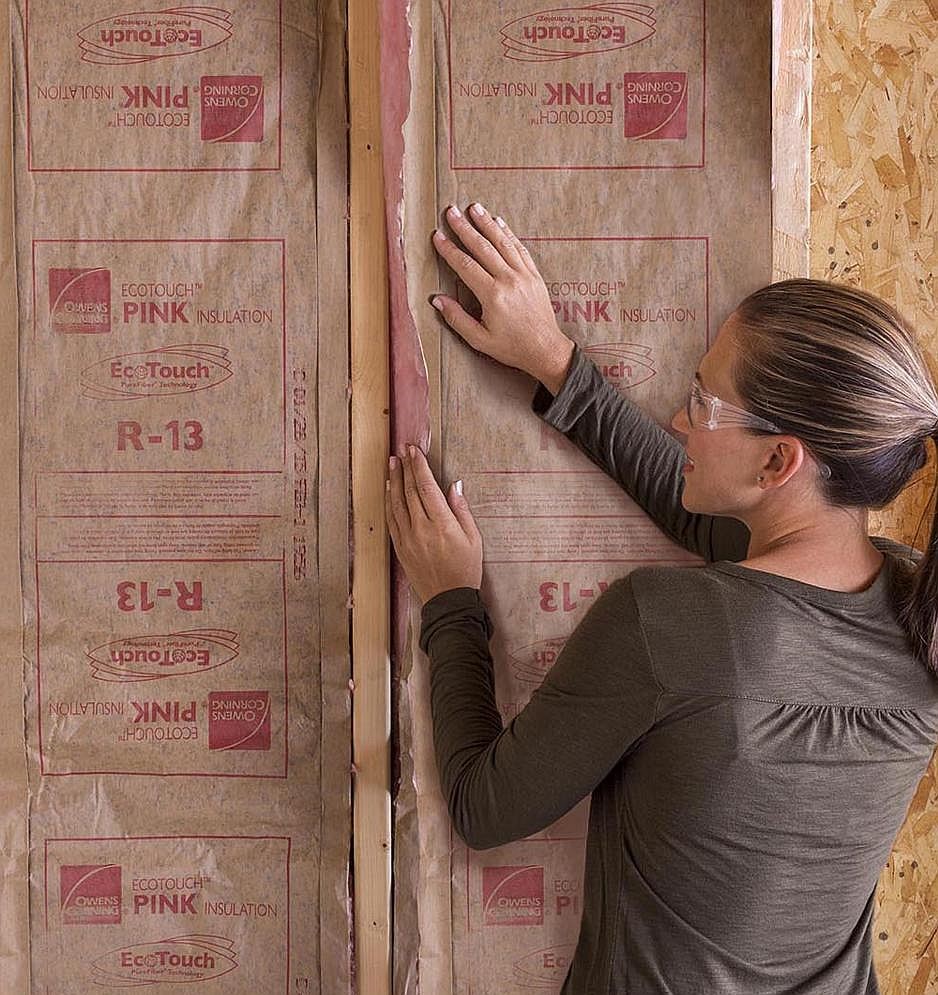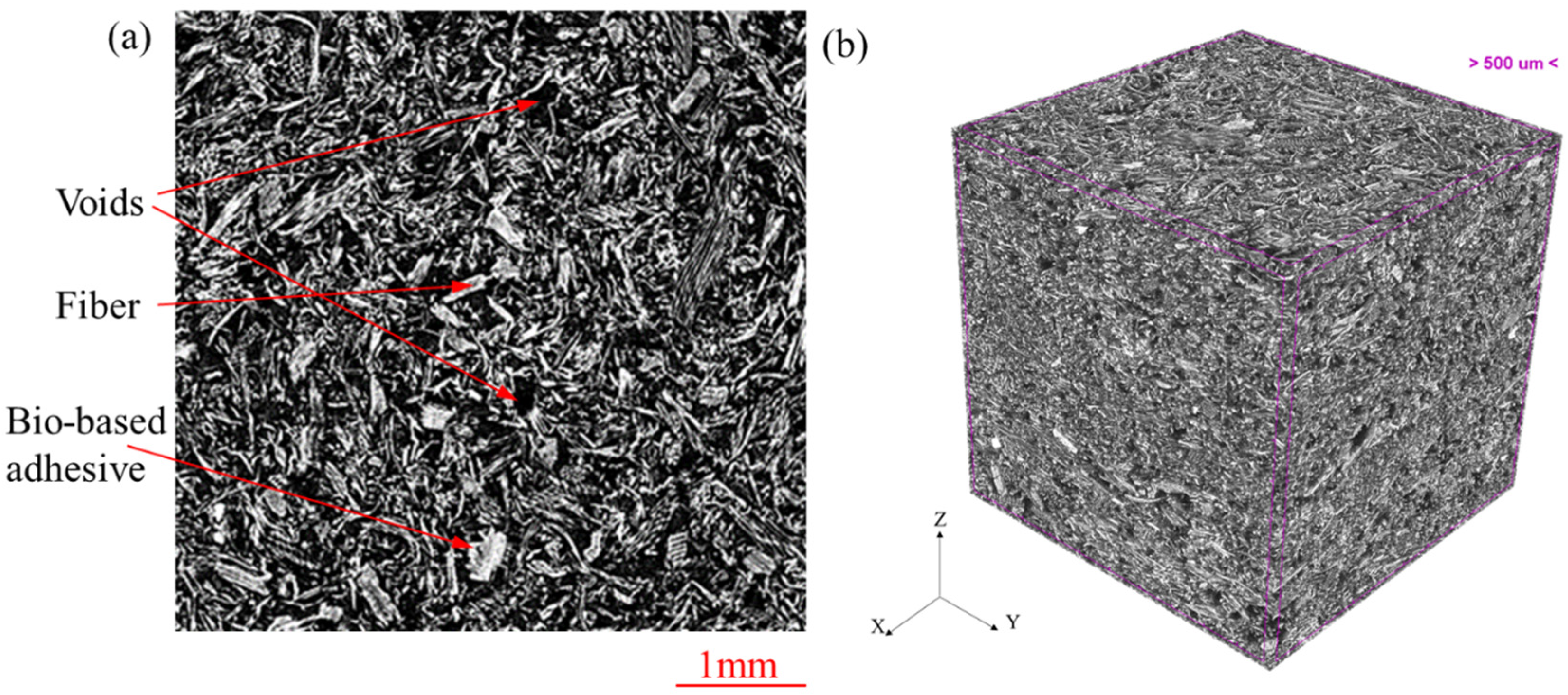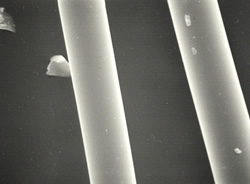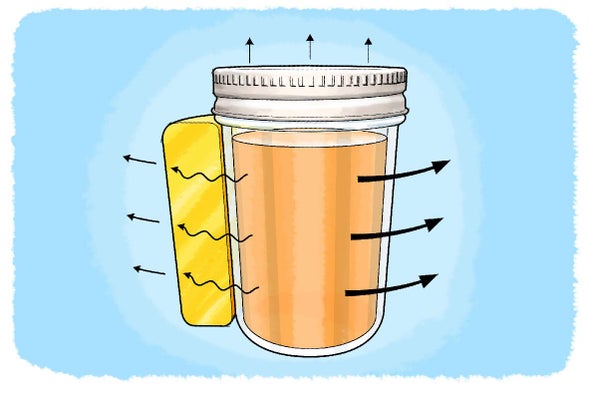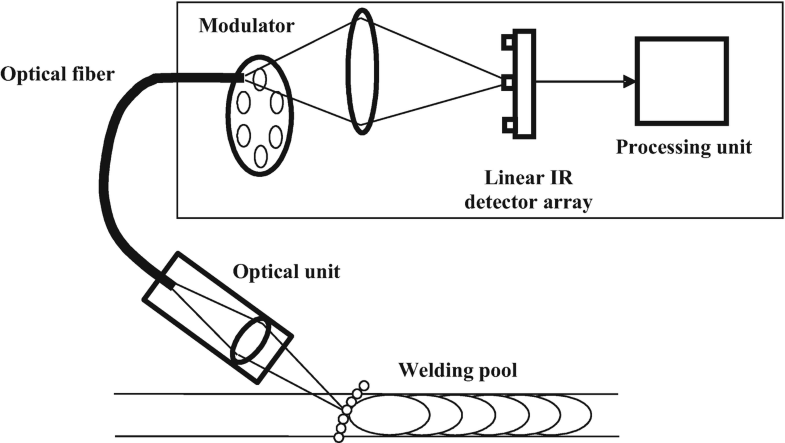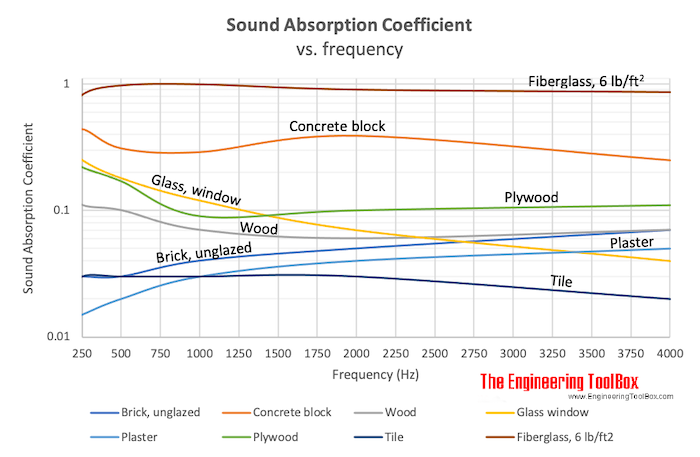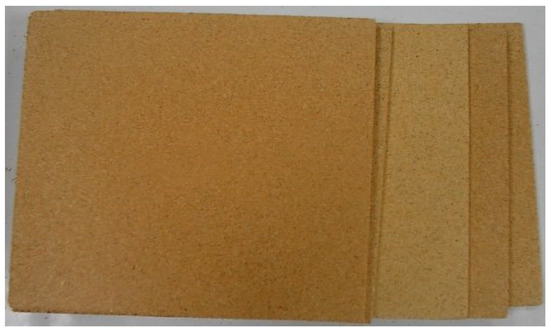Water Absorption Rate Rockwool Vs Ceramic Fiber Blanket
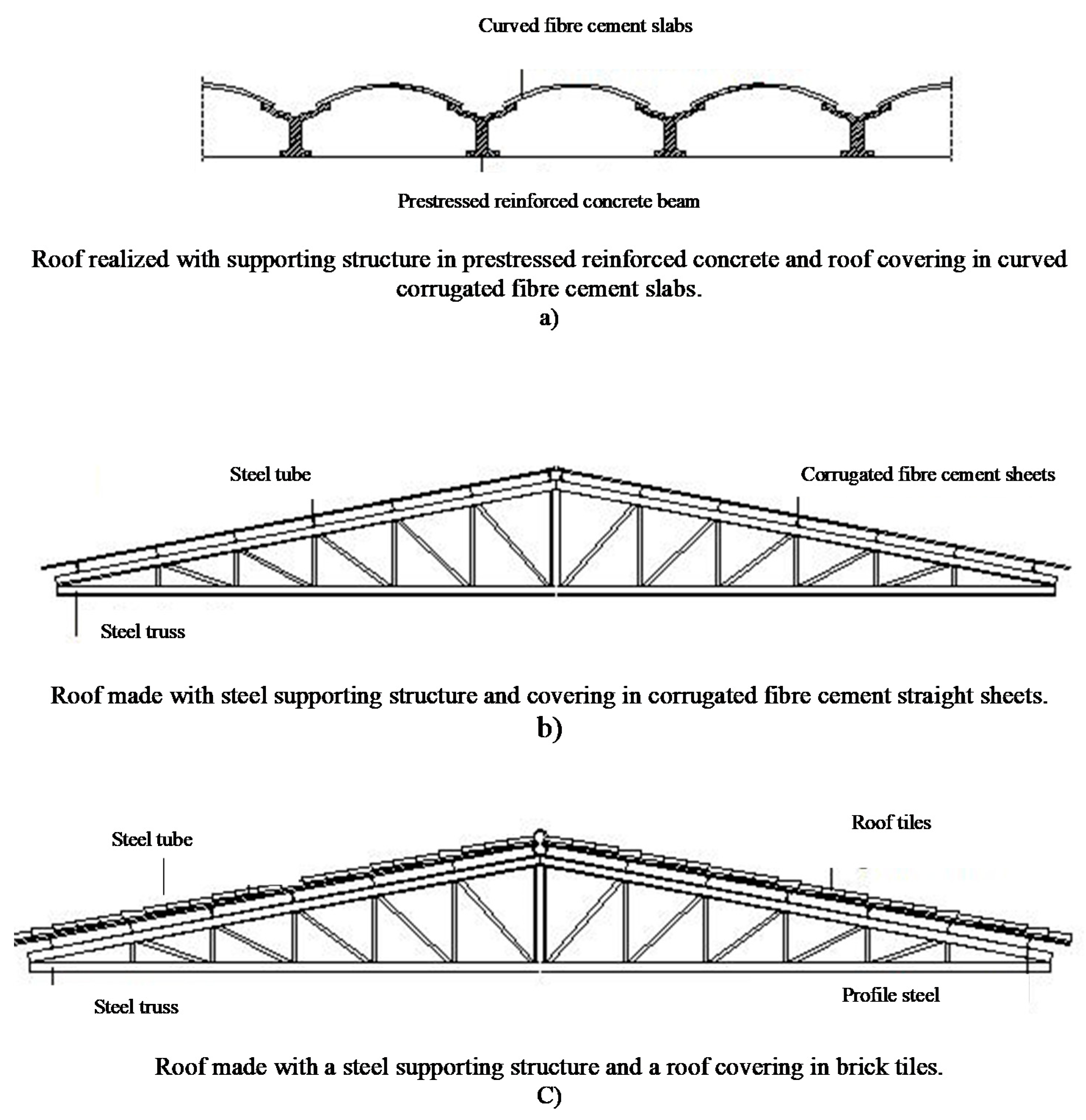
Test aborted test reports available upon request the water absorption rate of rockwool stone wool is 0 12kg m3 by volume of moisture whereas the water absorption tests for generic glass wool were unable to be carried out due to the excessive water absorption even at the initial partial immersion procedure.
Water absorption rate rockwool vs ceramic fiber blanket. Rockwool insulation is a rock based mineral fiber insulation comprised of basalt rock and recycled slag. It may be used as single layer insulation for thermal insulation of external structures such as in pitch roofs and inserted between rafters in attics. The ceramic fiber is mainly composed of al 2 o 3 and once in water produces a large quantity of alo which then can absorb the h in the water and result in the polarization of water molecules with the positively charged end turning towards fiber surface and the negatively charged end outwards. Since 1978 rmax has been an innovator in building insulation solutions.
Rockwool stone wool insulation does not wick water which means that any bulk water that contacts the outer surface will drain. However fiberglass does not have the same fire resistance as rockwool and melts at 1 000 degrees fahrenheit. As inorganic fiber it s characterized with good shape small volume density low thermal conductivity thermal insulation sound absorption corrosion resistance and stable chemical properties. Our comprehensive line of high quality polyiso based products continues to deliver maximum r values minimum environmental impact and efficiency in installation cost and design.
The molten substance is spun into billions of fibers which are formed into insulating blankets with a high recycled content that provide fire resistive characteristics thermal insulation and sound control. As a result of that the negatively. It is one of the most popular insulation materials and is cost effective with an r value comparable to rockwool. Basalt is a volcanic rock abundant in the earth and slag is a by product of the steel and copper industry.
Can someone comment on the relative costs of using extra layers of insulfrax vs insulfrax and vermiculite. Ceramic fiber blanket is also called alumina silicate fiber blanket. Thermalrock b offers a wide range of multi purpose usage in pitch roofs attics ceilings suspended ceilings and other constructions where no load bearing insulation mats are required. Significantly outperforms in astm c209 water absorption testing.
To insulate a basement measuring 20 feet by 20 feet with 8 foot ceilings you would need 640. In addition could someone also comment on the use of insulfrax vs kaowool which is also a ceramic blanket vs safe non cermic blanket described as this is the body fluid soluable non ceramic fiber blanket this roll is the superwool 607 max product rated at 2192 f degrees. Whereas rockwool fibers are spun from liquid rock fiberglass is spun from liquid glass and glued together with a resin.

